geneediting
Latest

Gene editing could lead to a vaccine for arthritis
Right now, arthritis treatment tends to be an all-or-nothing proposition: the drugs you take affect your entire body, causing havoc with your immune system and leaving you prone to infections. But how do you narrow the treatment to just those areas where you feel pain? Genetics, apparently. Researchers have used CRISPR gene editing to turn stem cells into cartilage that releases a biological anti-inflammatory drug when they encounter inflammation. It not only limits treatment to the affected area, but responds only when there's a pain flare. You only get relief when you need it.

Recommended Reading: The genetics of better beer
You Want Better Beer? Good. Here's a Better Barley Genome Adam Rogers, Wired The beer industry certainly isn't hurting for money these days, but a group of scientists are trying to figure out how to make the beverage even better. They're doing so by breaking down the genome of barley, a key ingredient in the brewing process that that turns starch into sugar for yeast to transform into alcohol during fermentation. Wired has the story of how the geneticists could be on the way to improving suds for all of us to enjoy.
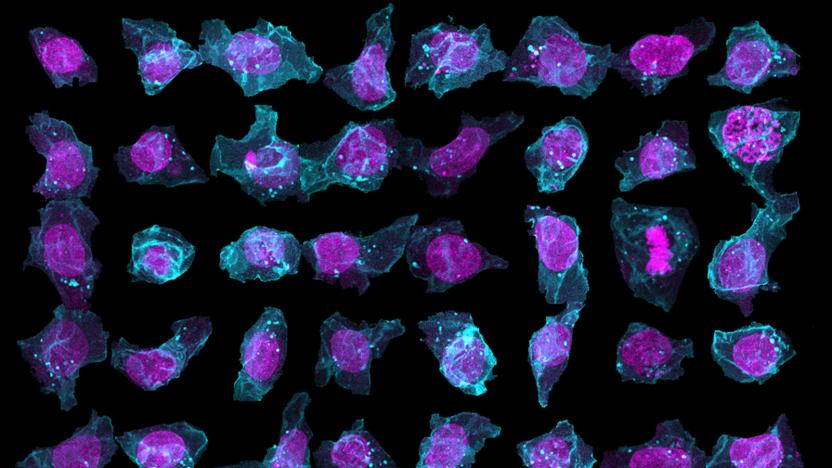
AI predicts the layout of human stem cells
The structures of stem cells can vary wildly, even if they're genetically identical -- and that could be critical to predicting the onset of diseases like cancer. But how do you know what a stem cell will look like until it's already formed? That's where the Allen Institute wants to help: it's launching an online database, the Allen Cell Explorer, where deep learning AI predicts the layout of human stem cells. You only need a pair of identifying structures, like the position of the nucleus, to fill out the rest of the cell's innards.

National Academy of Sciences endorses embryonic engineering
The next generation of humans may well be genetically modified. The National Academy of Sciences on Tuesday issued a 216-page report endorsing human germline modification in the future, but only in certain cases that would otherwise result in children being born with serious genetic diseases.
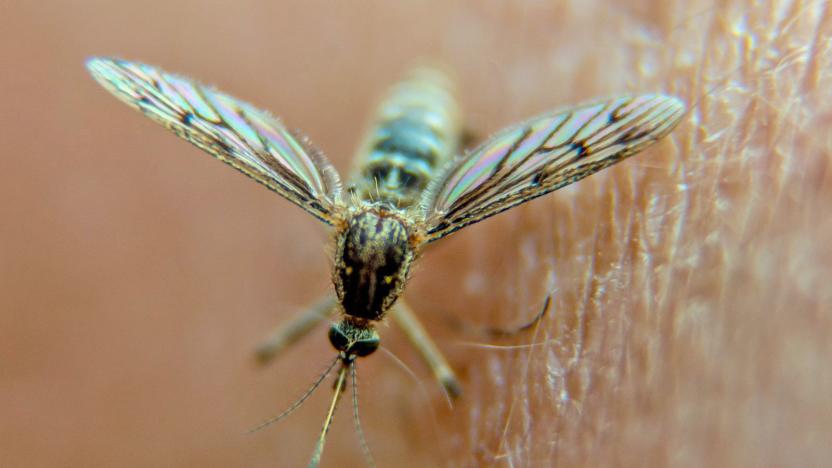
Mosquitos are beating gene editing with rapid evolution
Gene editing and gene drives have the potential to be a massive scientific breakthrough, letting scientists target and eliminate diseases by modifying genes and disseminating them throughout a population. But it's also a technique that's not ready for prime time: There's a lot of work to be done to quiet critics and ensure that releasing gene-edited organisms into the wild will have the desired effect.
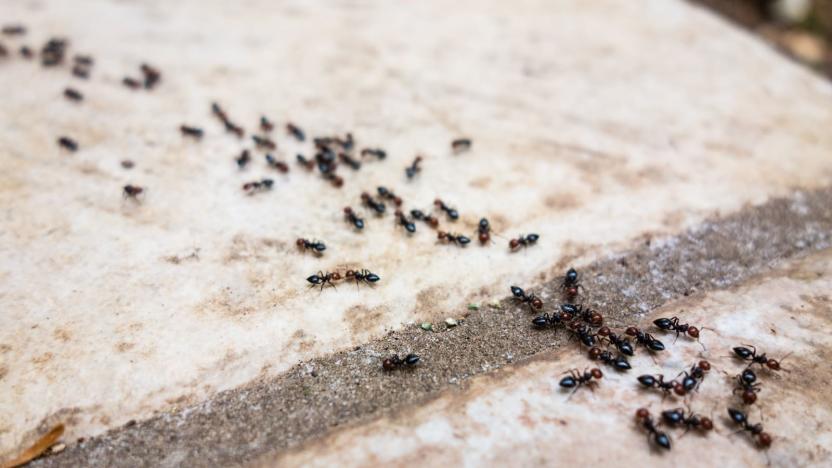
Gene-altered ants show how animal societies work
How much is societal behavior dictated by genetics? Scientists at Rockefeller University might just find out through ant colonies. They've modified the genes of clonal raider ants (not shown above) to see how the changes affect social behavior, both individually and on a grander scale. Knocking out genes for odorant receptors leads to "lone wolf" ants who wander by themselves for days, for example. The team keeps track of these exceptions by painting the ants in such a way that computers can track them all day, spotting even slight deviations from the norm.
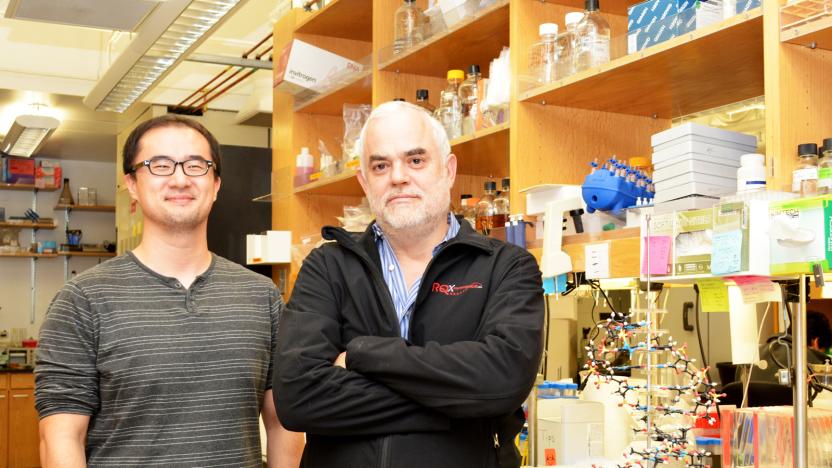
Scientists make a viable semi-synthetic organism
Scientists at the Scripps Research Institute have already created organisms with synthetic DNA letters, but they weren't ready for the real world when they couldn't even keep the artificial base pair in their genetic code. However, the team has made a lot of progress since then: they've produced the first stable semi-synthetic organism. The bacteria now holds on to its human-created X and Y bases while it grows and divides, much like the natural A, C, G and T bases. The key, researchers say, was to tweak existing techniques.
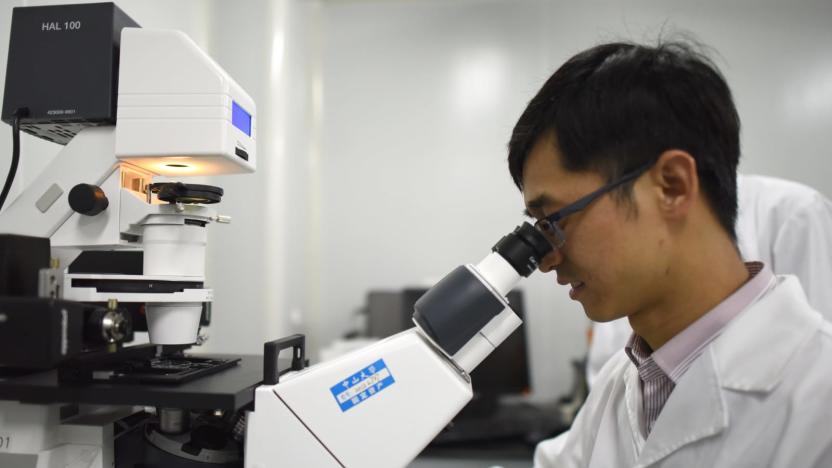
China completes first human trial with CRISPR-edited genes
As predicted, it happened: On October 28th, Chinese oncologists at Sichuan University were the first in the world to insert CRISPR-modified cells into a patient suffering from an aggressive form of lung cancer, according to Nature. The journal reports that this first round of treatment in a safety trial went well enough to warrant a second injection of the Cas9-edited cells, and that nine more people will undergo the treatments in the future. From there, the patients will be monitored for at least six months, if not longer, to "determine whether the injections are causing serious adverse effects."
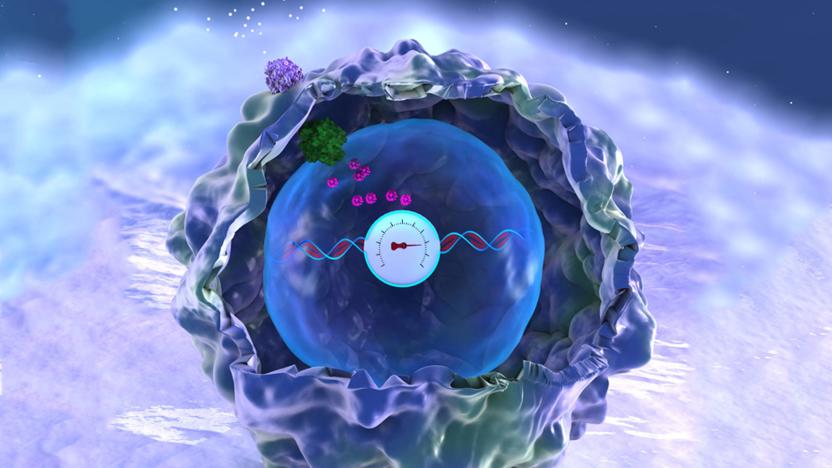
Gene editing records 'memories' in human DNA
Scientists have been recording data in DNA for a while, but it has usually involved bacteria and other simple organisms. MIT, however, just took a big leap forward. Its researchers have used the CRISPR gene editing technique to record histories in human cell DNA for the first time. They've crafted a gene circuit that only expresses an enzyme when it's near a key immune cell molecule, building up mutations the more it's exposed to that molecule. All you have to do to extract "memories" is to sequence those genes. They'll tell you whether or not there was a lot of inflammation, for instance.
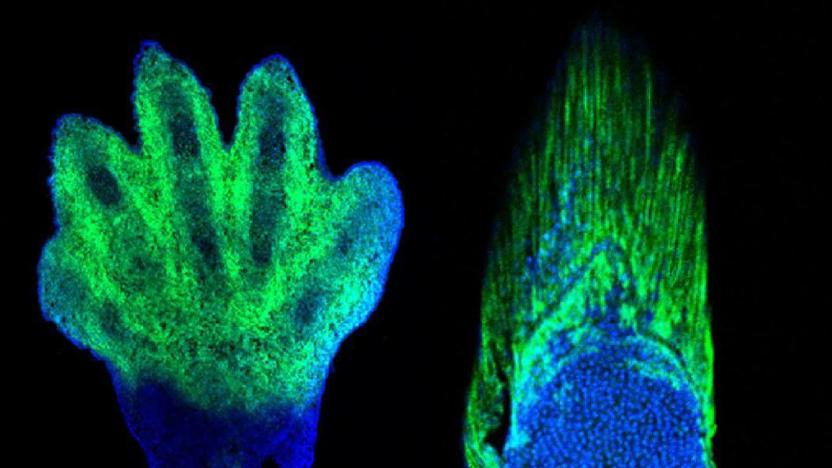
Gene editing helps spot evolutionary link between fins and hands
Gene editing technology isn't just useful for curing the world's ills, it seems. University of Chicago scientists have used the CRISPR technique to discover a key evolutionary connection between fins and hands. Researchers edited fin-related zebrafish genes to make the appropriate cells glow as they develop, and discovered that there's a similar glow in a mouse's digits. In other words, there's a strong similarity in the genes governing fins and digits -- they're both telling embryonic cells to show up at the end of an appendage.

Researchers want to block HIV with a 'therapeutic' virus
Despite the best efforts to date, a vaccine for HIV remains beyond our reach. It seems every time researchers get close, the virus mutates to stay a step ahead, creating a biological arms race. But a team of scientists at the University of Texas believe they may have found a way to hobble HIV and drastically reduce its virulence. They want to infect susceptible cells with a "good" virus first, one that will effectively immunize them against HIV.

I played God with The Odin's DIY CRISPR Kit
Twenty-three years after its cinematic debut, I finally understand where Alec Baldwin was coming from in the 1993 psychological thriller Malice. The power to bring life where once there was none is a potent drug. I was recently afforded the opportunity to create a new kind of bacterial life thanks to the DIY Bacterial CRISPR Kit from Bio-Hacking collective The Odin. I honestly haven't had this much fun doing science since AP Chem.

The After Math: FIRST!
Now that presumptive Republican nominee Donald Trump has come right out and declared "America First", a popular slogan among white nationalists throughout the country, here's a look at some of the other precedent-setting events of the week. Microsoft announced that it's getting into the legal weed game. Regulators have been presented with a proposal for the first US-based human CRISPR experiment. And Broadway announced that it will take the unprecedented step of livestream a musical. Numbers, because how else will we know how unpopular the presidential candidates are?

The After Math: Can't buy me love
There's something in the air this week. Seems everybody's in L-O-V-E, love. Well, except maybe this guy. Researchers successfully tested a new gene therapy using the DNA from three donors. Lenovo debuted the world's first Tango-enabled smartphone. Tinder kicked all the kids out and Google's gave its devs something to crow about. Numbers, because how else would we know that one is the loneliest?
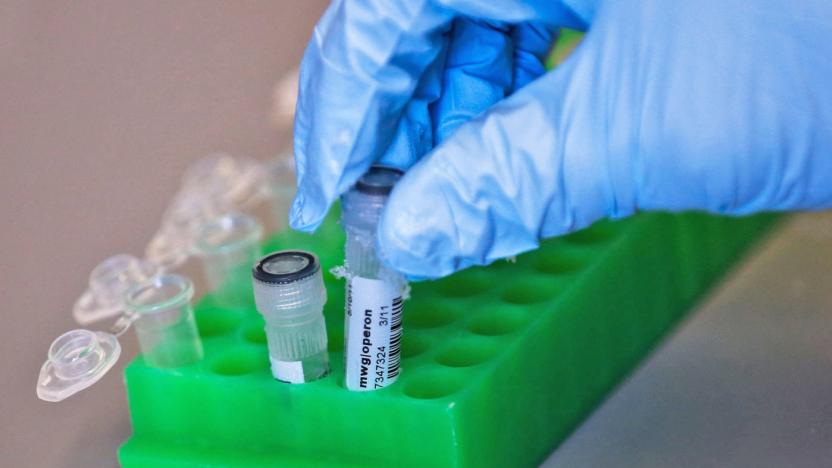
Gene-edited organisms aren't ready for the real world
Gene editing holds the promise of eliminating diseases and perfecting humanity, but is it truly ready for real life? Not by a long shot, if you ask the National Academy of Sciences. It just issued a report warning that organisms modified with gene drives (that is, genetic additions meant to propagate through reproduction) "are not ready" to be released in the wild. We don't understand enough about how they work, the report says, whether it's their inner workings, their ethical questions or their impact on the environment.

RNA gene editing could stop viruses in their tracks
The gene editing technique CRISPR promises to treat all kinds of genetically-linked conditions, but it's so far limited to tweaking DNA, not the RNA that does everything from carrying protein sequence info to regulating gene expression. That may change soon, however. Scientists have discovered that a commonplace mouth bacterium (Leptotrichia shahii) can be programmed to break down whatever RNA you want. You could rip apart viruses, which are frequently based solely around RNA, or kill a cancer cell by denying it the chance to make vital proteins.
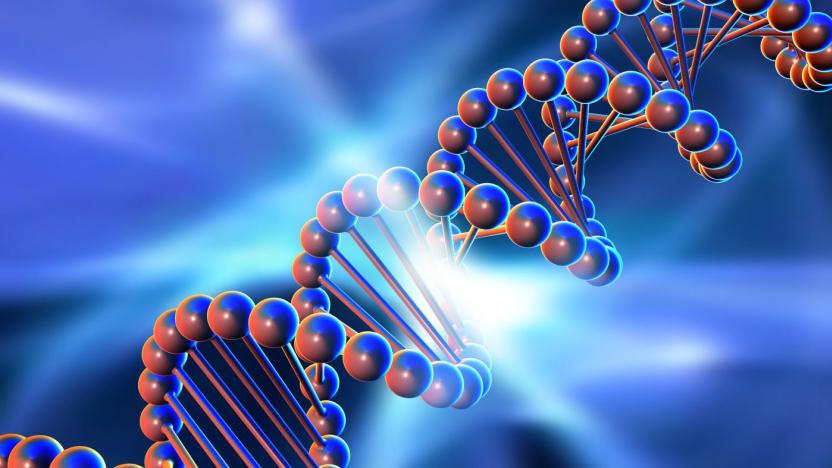
Scientists want to perfect humanity with synthetic DNA
Following a controversial top-secret meeting last month, a group of scientists have announced that they're working on synthesizing human genes from scratch. The project, currently titled HGP-Write, has the stated aim of reducing the cost of gene synthesis to "address a number of human health challenges." As the group explains, that includes growing replacement organs, engineering cancer resistance and building new vaccinations using human cells. But in order for all of that to happen, the scientists may have to also work on developing a blueprint for what a perfect human would look like.
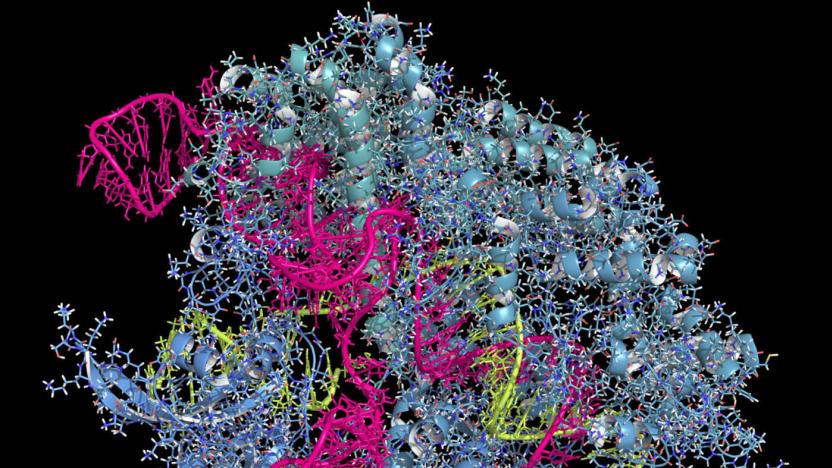
Gene editing discovery might treat many more diseases
In theory, gene editing could eliminate genetic diseases by correcting the flaws in your DNA. However, there's one big obstacle: the current CRISPR technique has trouble modifying individual DNA letters. As most genetic conditions revolve around mutations of those single letters, that leaves most conditions untreatable. However, Harvard researchers might have just made a breakthrough that turns gene editing into a true disease-ending weapon.
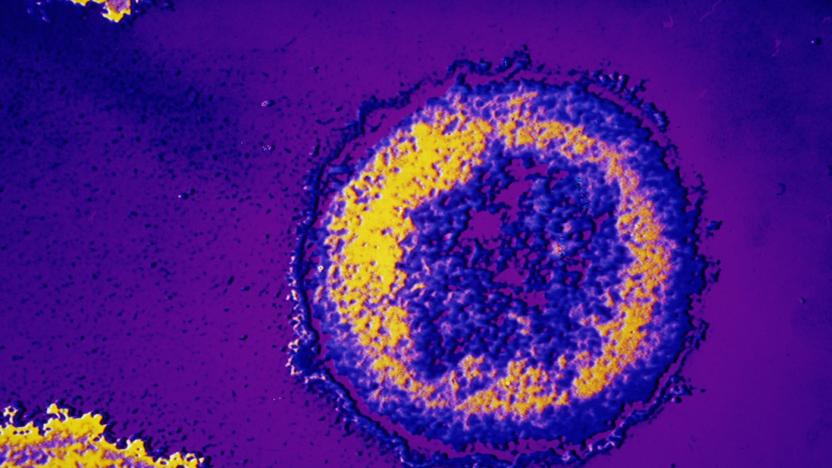
HIV resists attempts to cripple it with gene editing
It's tempting to treat gene editing as a cure-all: surely you can end diseases and viruses by changing or removing the qualities that make them dangerous, right? Well, it's not quite that simple. Researchers trying to cripple HIV by cutting up its DNA (using CRISPR) discovered that some virus samples not only survived the attack, but mutated to resist these incursions. The host T cell actually helped things along by trying to repair the cuts, inserting DNA bases and creating a mutated virus that couldn't be detected by the immune system.

UK scientists get permission to 'gene edit' human embryos
A team of British scientists has been approved to use "gene editing" techniques on human embryos, in the hope that it will better our understanding of early human life. A group at the Francis Crick Institute in London wants to research newly fertilised eggs and how they develop in the first seven days -- from a single cell to a blastocyst with roughly 250 cells. Using gene manipulation, the researchers want to glean new insights about our DNA and the exact requirements for a healthy embryo. With this information, specialists could find ways to improve post-IVF embryo development techniques and clinical treatments for infertility.






